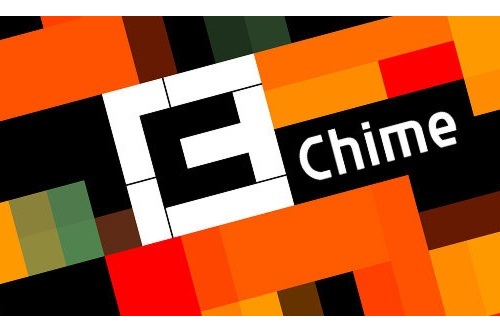
This year the cinema, like most other years, is packed with comic adaptations. I plan on giving a rundown of some essential reading for the big releases; Green Lantern, X-Men First Class and Captain America which
are all released this year. This week Thor is hitting the big screen and I had the pleasure of seeing it on opening night. This does not however make me an expert in Thor; I am actually fairly new to this world of Asgard, not being the biggest Avengers fan in the world. How wrong I was to dismiss the god of thunder; while not perfect the film was enjoyable and out shown other Marvel Studios releases. One thing I did take away from the film was a desire to read more comics so this list comprises of some of the best Thor books, not all of which I have read but which I plan to read. So if you go watch Thor this weekend and want more or are so disappointed you need to forget you ever saw it by reading lots of comics, then this is the list for you. Sometimes a character and a creator seem to go hand in hand, you think of the Uncanny X-Men and instantly Chris Claremont’s name comes up. Well this is true of Thor and Walt Simonson. A run that lasted for almost a decade during the late 70s, early 80s, Simonson is the place to start any Thor education. A handy but very expensive Omnibus collection is available with a large portion of this celebrated run as well as a series of ‘Thor Visionaries’ trades. If the prospect of reading comic books from the 80s scares you rigid with the over abundance of panels and dialogue (I mean they even had thought balloons in some books) then first of all shame on you and secondly J. Michael Straczynski has written the most celebrated Thor comic in recent years. This series lasted 12 issues before renumbering to 600. Straczynski is on his best form here; while he can sometimes be hit or miss (*cough* Superman *cough*) it is this run that cemented him as a superstar creator. This is the series that brought Thor and the rest of the Asgardians back to the heart of the Marvel Universe. Various trades are available for this series; you can indulge in an Omnibus or just pick up the individual hardcovers or trade paper backs. Thor began in the pages of Journey into Mystery #83 in 1962, so if you come out of the film and feel the need to read Thor from the very beginning then that is where to start your long journey. There are again plenty of options to get your hands on the early adventures but the Essential Thor series is the cheapest option. Marvels Essential trade paper backs are a long running series of books that reprint classic comics from the beginning in black and white. Mighty Thor issue #1 handily hits comic shops this month, so if you are looking to jump on to the current Thor story then this is a great opportunity. Journey into Mystery is also back picking up the old numbering system with issue #622. To read Thor in the context of the wider Marvel universe then he is all over the place just now. Fear Itself is the big event story line this summer and the Asgardians are at the heart of the story, issue #1 should still be available in stores and it was a surprisingly good book. Thor is also a major character in the Avengers, he has been for a very long time, the second story arc of the current run just wrapped up with issue #12 and an issue #12.1 is being released that serves as a jumping on point. Hope this quenches your thirst for Thor. Finlay balklänningar Niven

